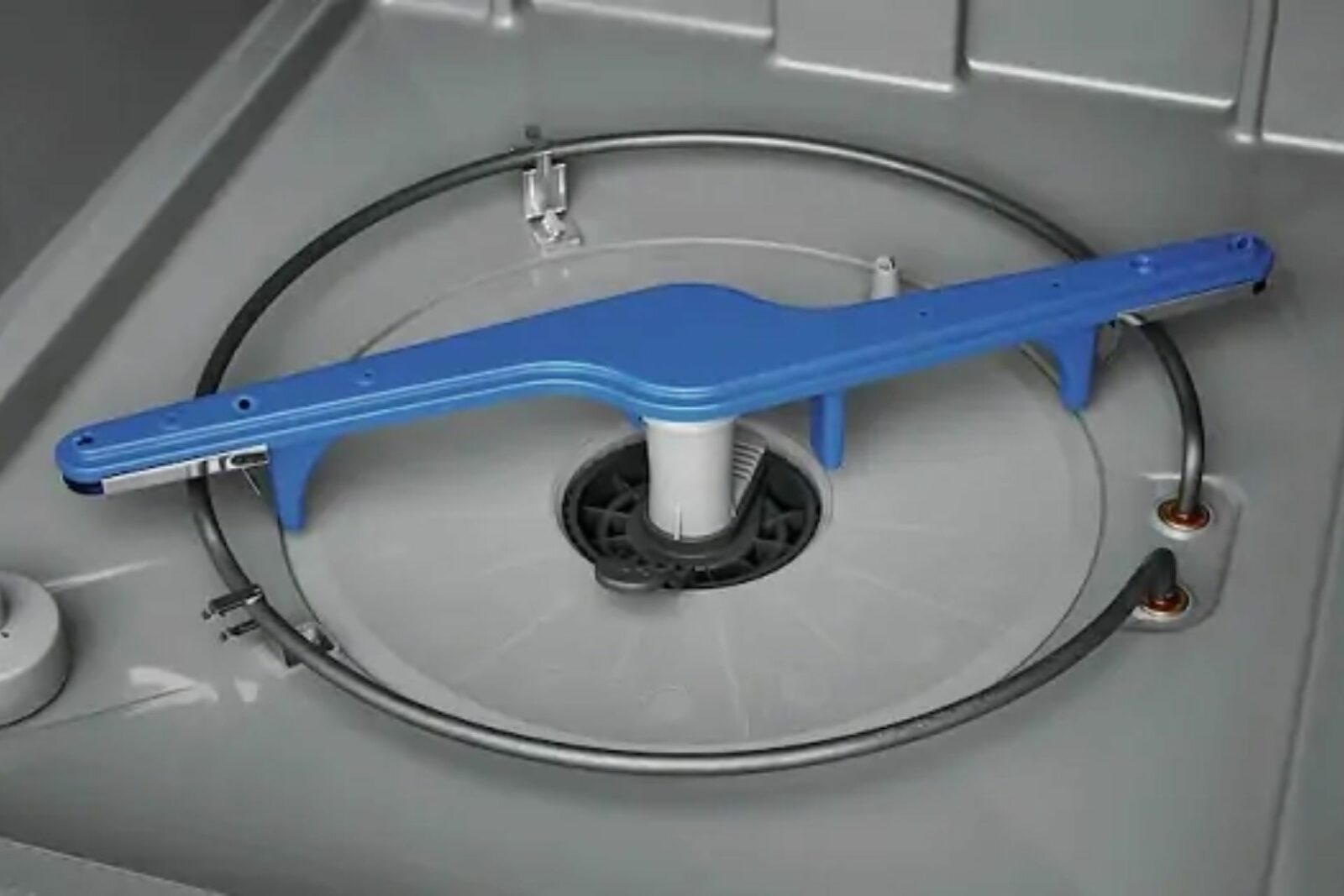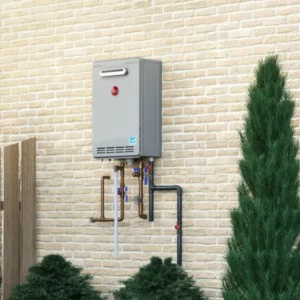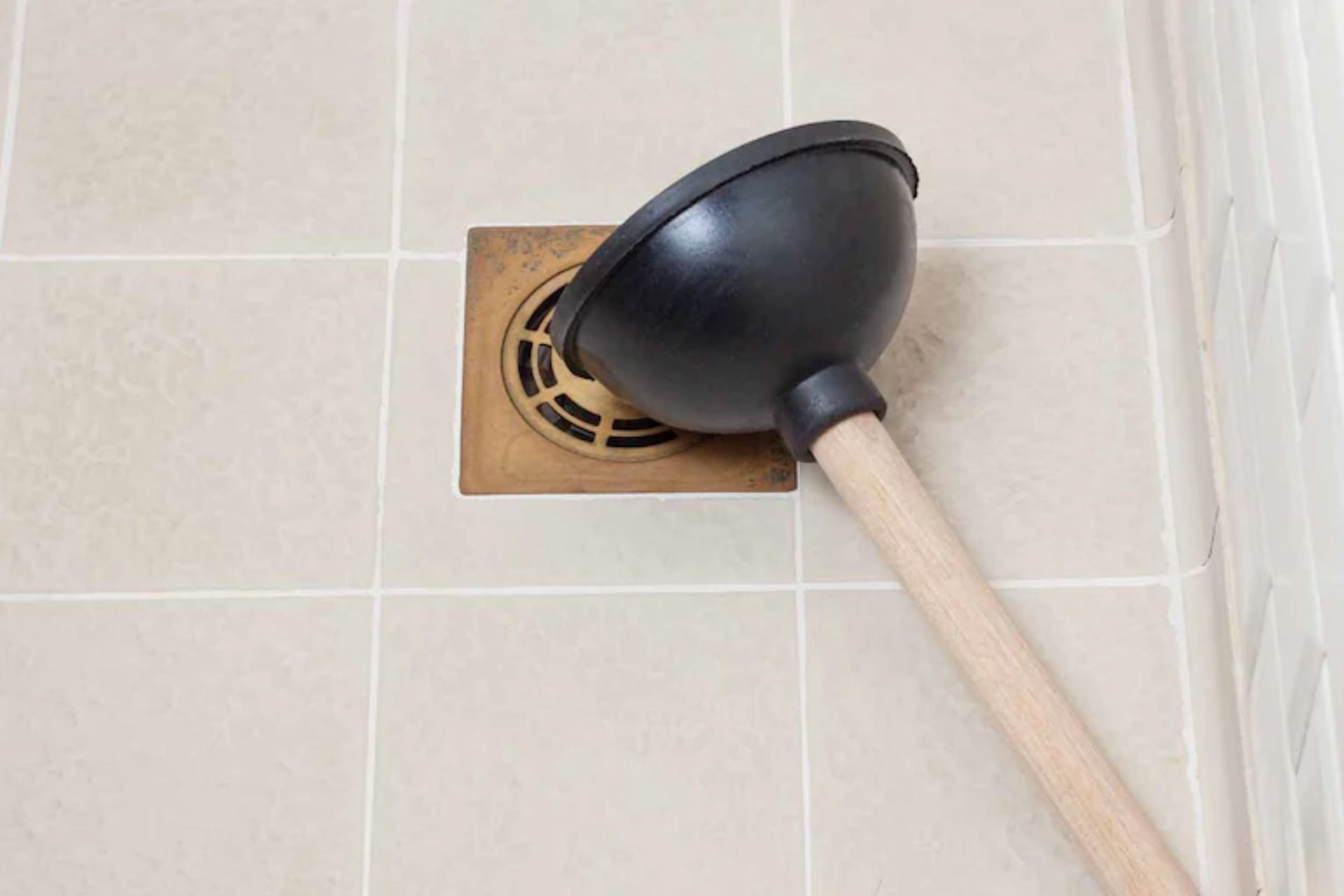When your Frigidaire dishwasher not draining, you’re left with a watery mess and the daunting task of identifying the cause.
But fear not!
We are here to guide you through the labyrinth of potential issues, shedding light on the inner workings of your dishwasher and empowering you with the knowledge needed to troubleshoot and resolve the drainage problem like a pro.
1. Identify and Remove Clogs and Obstructions
Clogs and obstructions are the primary culprits behind a dishwasher’s inability to drain. Here are several components to inspect and clear:
- Drain hose: The drain hose transfers water from the dishwasher to your home’s drainage system. Locate the hose and inspect it for any kinks, bends, or blockages. Detach the hose, clean it with a mixture of hot water and vinegar, then flush it out with a garden hose. When reconnecting the hose, ensure it has no bends or kinks restricting water flow.
- Air gap: An air gap, often located near your kitchen sink, prevents wastewater from flowing back into your dishwasher. If your dishwasher connects to an air gap, ensure it isn’t clogged. Remove the air gap cap, inspect for debris, and clean as needed.Garbage disposal: When connected to a garbage disposal, your dishwasher relies on it to be clear of debris. Run the garbage disposal to eliminate any potential clogs and ensure proper drainage.
2. Inspect the Drain Pump and Motor When Frigidaire Dishwasher not Draining
The drain pump and motor play a crucial role in draining water from your dishwasher. If they malfunction, drainage issues may arise. Follow these steps to examine the drain pump and motor:
- Disconnect the dishwasher from the power source to avoid electrical accidents.
- Remove the dishwasher’s bottom panel to access the drain pump and motor. c. Check for visible debris in the drain pump and remove it as needed. d. Use a multimeter to test the drain pump motor for continuity. If continuity is lacking, consider replacing the motor.
3. Examine the Drain Impeller
The drain impeller propels water through the drain hose and out of the dishwasher. If damaged or broken, it may cause drainage problems. Here’s how to inspect the drain impeller:
- Disconnect the dishwasher from the power source.
- Remove the bottom panel and locate the drain impeller.
- Check the impeller for visible damage, such as cracks or broken blades.
- If the impeller is damaged, you’ll need to replace it.
4. Investigate the Drain Valve
The drain valve controls water flow from the dishwasher to the drain hose. If malfunctioning, it may prevent proper drainage. Here’s how to inspect the drain valve:
a. Disconnect the dishwasher from the power source. b. Locate the drain valve, typically found near the motor. c. Check for debris or obstructions in the drain valve and clean as needed. d. Test the solenoid on the drain valve using a multimeter. If there is no continuity, you may need to replace the solenoid.
5. Assess the Dishwasher’s Timer
The dishwasher timer controls the different cycles, including the draining cycle. A faulty timer may not send the signal to drain the water. Here’s how to check the timer:
a. Disconnect the dishwasher from the power source. b. Locate the timer, usually found behind the control panel. c. Test the timer contacts for continuity using a multimeter.
If there is no continuity, the timer may need to be replaced.
6. Check the Float Switch and Assembly
The float switch is responsible for monitoring the water level in your dishwasher. If it malfunctions, it may not trigger the dishwasher to drain. Here’s how to inspect the float switch and assembly:
- Disconnect the dishwasher from the power source.
- Locate the float switch, typically found in the bottom of the dishwasher tub.
- Lift the float assembly and check for any debris that may be obstructing its movement. Clean the area as needed.
- Test the float switch for continuity using a multimeter.
- If there is no continuity, you may need to replace the float switch.
You can now confidently identify and resolve your Frigidaire dishwasher’s drainage issues. Whether you choose to tackle the problem yourself or enlist the help of a professional, understanding the various components involved in the draining process is invaluable.
Remember that routine maintenance of your dishwasher can help prevent issues like this from occurring. Regularly clean the dishwasher’s filter, spray arms, and interior, and inspect the drain hose for potential clogs. By being proactive, you can keep your dishwasher in top-notch condition and enjoy the convenience of hassle-free dishwashing.
In conclusion, by familiarizing yourself with your Frigidaire dishwasher’s inner workings, you can troubleshoot and address drainage problems with confidence. With a little patience, attention to detail, and perseverance, your dishwasher will be back to its efficient, water-draining self in no time.








